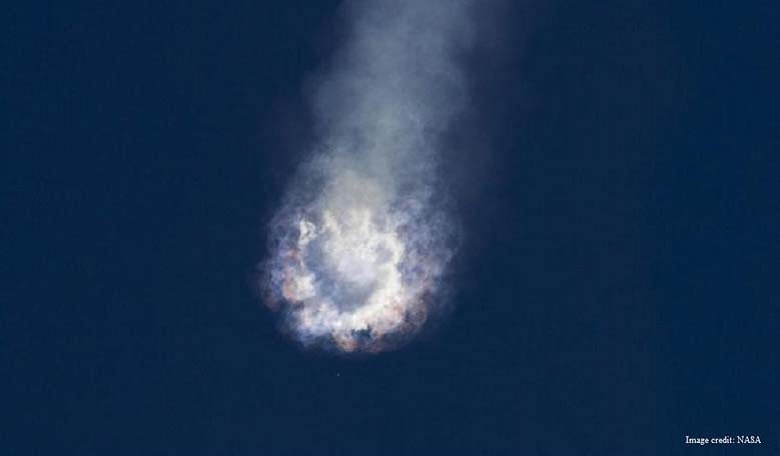The world watched in dismay as a Falcon 9 rocket broke apart over the Atlantic. Yet we were also reminded that risk is the name of the game in space.
The SpaceX Falcon 9 rocket was carrying an unmanned Dragon cargo vehicle when it disintegrated shortlt after launch on Sunday, June 28. This was the first such launch failure for SpaceX, an ambitious California-based company set to revolutionise the global launch market with its historically low prices.
In a tweet, CEO Elon Musk blamed an overpressure event in a liquid oxygen tank, though it is obvious that the space community will have to wait for the results of a thorough investigation before definite conclusions are made:
There was an overpressure event in the upper stage liquid oxygen tank. Data suggests counterintuitive cause.
— Elon Musk (@elonmusk) June 28, 2015The failure of the rocket is the third major disaster to befall cargo ships en route to the International Space Station in less than a year. In April of this year, Russian supply capsule Progress had failed to make it to orbit. And in October 2014, an Antares rocket also bound for the ISS exploded soon after lift-off.
Thankfully, the ISS crew has supplies to last it all the way until October of this year – and that’s the worst-case scenario that assumes that no other cargo ships make it. A Russian Progress is set to blast off to the ISS on July 3.
The New York Times reported that a group of high school students from South Carolina saw their experiment destroyed for the second straight time after the Falcon 9 failure – their previous disappointment had come when the Antares rocket exploded last year.
The science community was all about taking the incident in stride:
I'd say they got a pretty accurate picture of what science is usually like. http://t.co/TzppXmL8pH pic.twitter.com/GxUjaQjfrh
— Ed Yong (@edyong209) June 29, 2015Today Falcon9 failed w/ 8 @planetlabs Doves aboard. Tough day but we will go on; spreading risk on many rockets https://t.co/6oHlnHDRaK
— Will Marshall (@wsm1) June 29, 2015Aside from what exactly caused the failure, there is also the question of how Sunday’s disaster will affect the market ambitions of SpaceX.
We at ROOM recently published an extensive look at how SpaceX has aimed to revolutionise the launch markets – and how its plans may affect both commercial and government segments. There are plenty of companies that wish to compete with SpaceX – but it is entirely possible that capitalising on Sunday’s failure will not be easy, particularly because most new rocket projects will not come to fruition until at least 2020.
While the industry tends to be very risk-averse, the very fact that the Falcon 9 came hot on the heels of earlier Progress and Antares failures currently says less about SpaceX than it does about the tremendous financial risks associated with spaceflight as a whole.
Perhaps the most immediate threat is now to U.S. plans of restarting manned spaceflight. As New Scientist has already pointed out, Falcon 9 is the rocket that SpaceX wants to use to send people into space.
The fact that SpaceX, comparatively speaking, hasn’t been around for very long means that its newest track record, which is 18 for 19 after Sunday’s failure, doesn’t appear good enough to send a human crew up. But as New Scientist notes, 10 more successful launches for the Falcon 9 could make the rocket’s failure rate acceptable again.











